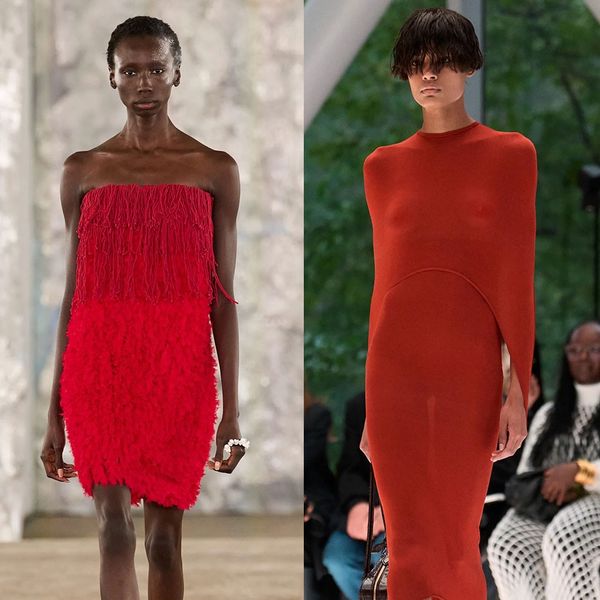Let This Be The Summer Of Untamed Curls
One writer on embracing humidity-inflated fluff and hair that takes up space.
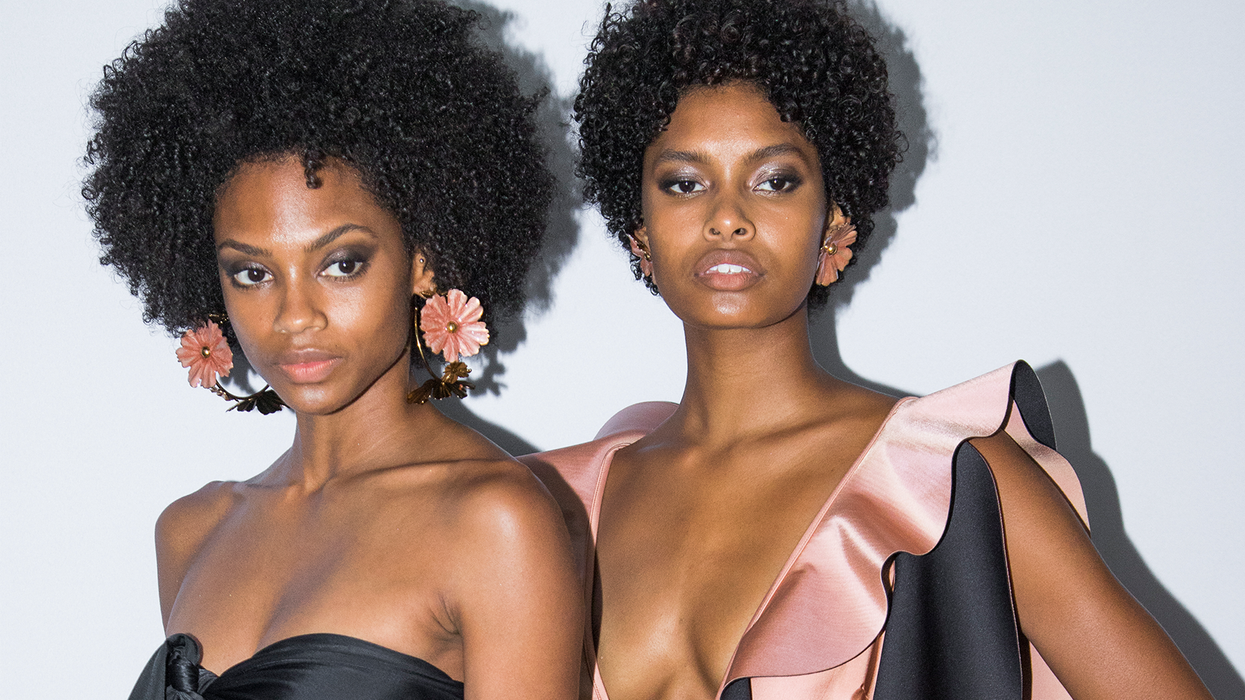
Every mirror I looked into growing up told me an inconvenient truth: My hair was too big. Its size was explicitly commented on by teachers, school friends, and school friends’ parents. On particularly puffy days, people would reach out and pat my head like I was an exceptionally woolly sheep. The too-bigness of my curls was also implicitly remarked upon by the media I consumed. By the time I became an avid reader of fashion and beauty magazines, the big, bold curls of ‘80s icons—Whitney, Diana, Cher—had been replaced with sleeker styles.
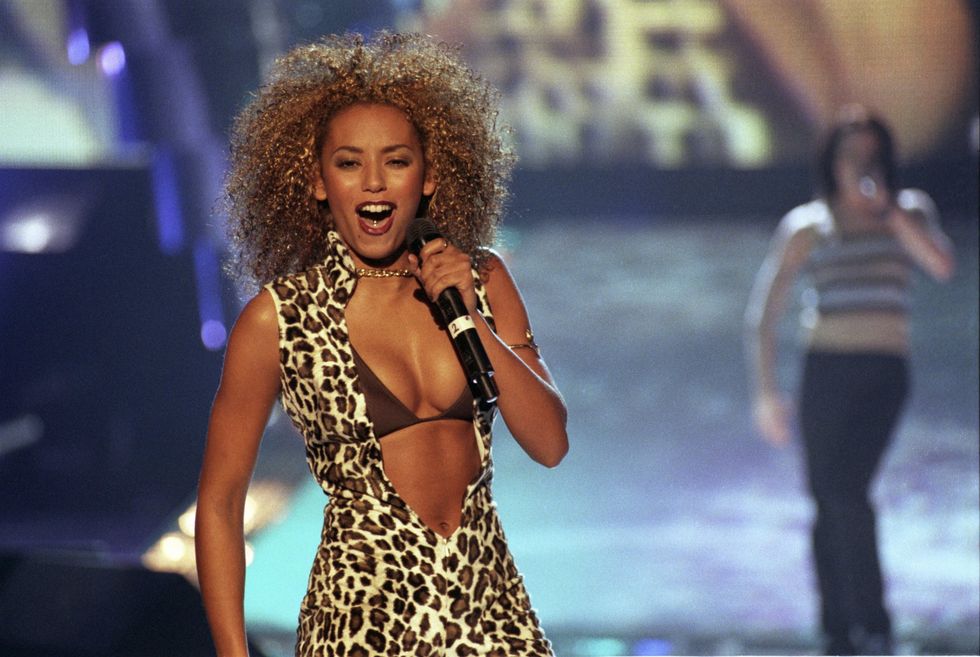
JMEnternational/Getty
I was desperate to achieve glossy, defined ringlets that stayed perfectly in place—think Keri Russell, Mel B. as “Scary Spice,” or Sarah Jessica Parker’s manageable manes. I had no idea at ten or twelve or fourteen years old, that the totally under-control ringlets I saw in editorial spreads, advertisements, and even books catered to young people with curly hair were the result of expert styling, photo editing, hair extensions, and, in some cases, hair that was heat-styled into boing-boing 3B perfection.
After a decade of writing about beauty, I’ve learned a thing or two about curls. I’ve learned that frizz is the result of a lifted cuticle and is very common in curly hair types because curls—despite decades of marketing materials geared towards smoothing their wildness into submission— are actually more fragile than straight hair. I’ve learned I can achieve mirror-shine glossy ringlets, but only after an incredibly precise and time-consuming curly hair routine. In my 20s, I dedicated hours to such a routine, exacting as a surgeon, taking care to get each curl on my head as under control as possible. It was exhausting. Now, in 2025, a year that continues to grow more and more chaotic, my internal haircare pendulum has swung entirely in the other direction. As Philly weather slinks towards hot and thickly humid, its summer state of being, I’m not stocking up on smoothing treatments. I’m skipping shrinking myself and my hair, in favor of larger-than-life curls.
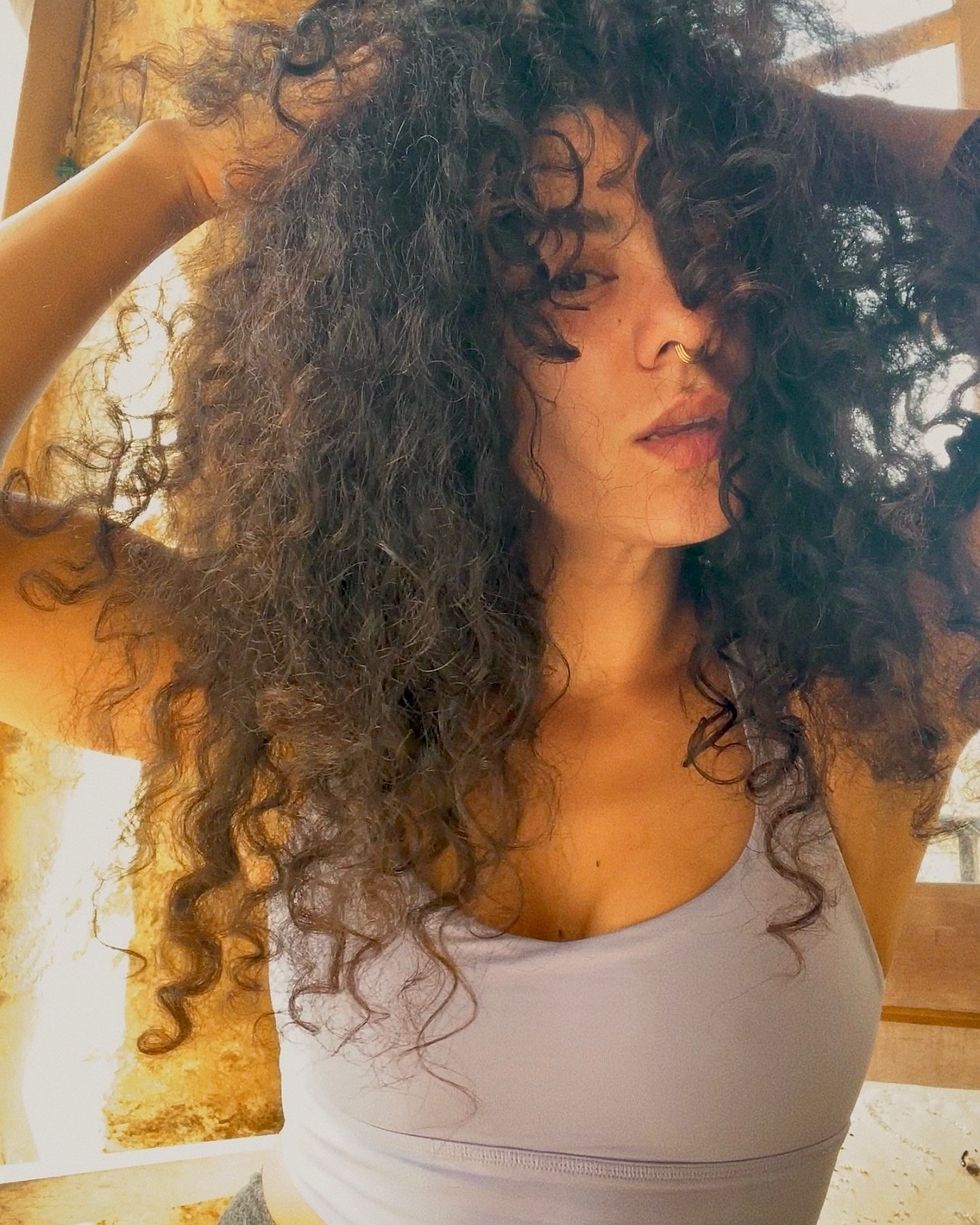
Amber Rambharose
Back in the day when I was slathering FrizzEase and globs of gel on my scalp, I could never have imagined celebrities deigning to be seen in public with *gasp* clouds of frizz haloing their faces. Bedhead was a domain reserved for straight-haired girls. In middle school, I was terrified of catching sight of myself after lunch, after my hair had dried into the dreaded “triangle of doom.” Fast forward to present day and I dare anyone to comment on Chappelle Roan’s brilliantly brushed out, triangular curls. Natasha Lyonne's Met Gala glam included a waist-skimming weave that stylist Vernon Francios brushed out before she hit the carpet. Curls have become something to be coveted, rather than heat-styled or oiled into submission. Part of the joy of a new Beyoncé tour is seeing just how big and bold her curls will be.
Suffice it to say, a lot has changed since I spent anxious hours trying to flatten out my hair, which brings me to a sentence I never thought I’d write: I am grateful for the internet and its bratty, attention-starved little sister, social media. Together, these two networks democratized beauty. Pre-internet, the only “good” curly hair I saw in media had a business-minded point of view: to sell products, promote a trend (to sell products), or lavish praise on an actress or model (to sell products). While there’s an argument to be made that beauty influencers of today are more companies than civilians, the “good hair” of yesteryear was both gatekept and controlled by a paper-thin cross-section of brands and business owners.
The internet is also, at least partially, responsible for turning little cells of counterculture into full-blown communities, connecting trendsetters for whom art and beauty blurred into the avant-garde. Drag queens, for example, have been making sky-high hair a magical reality for decades, but the internet made their magic visible.
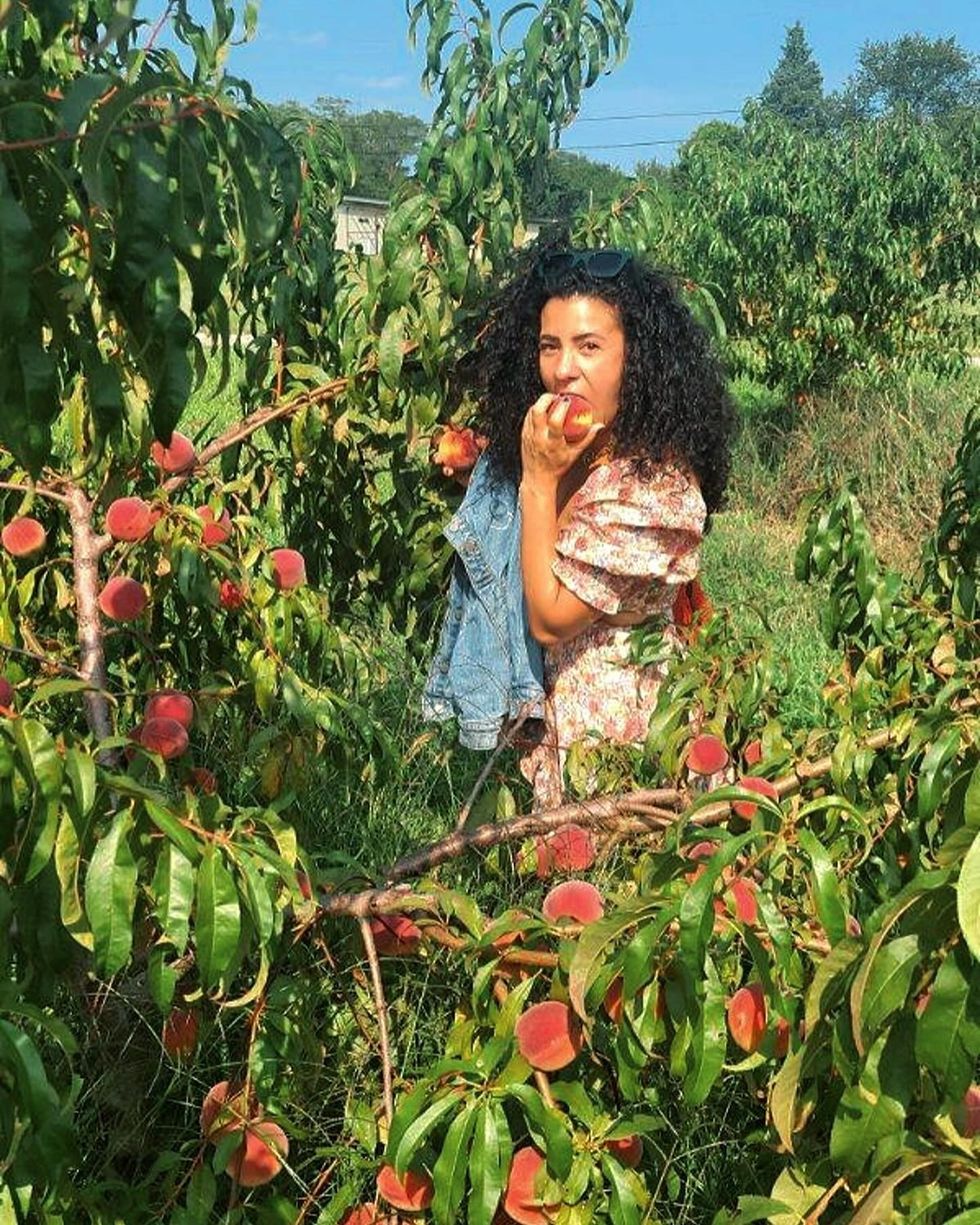
Amber Rambharose
Thanks to the connective tissue of message boards and social media, “beauty rules” were being rewritten, not by companies with products to sell, but by artists, cultural and ethnic minorities, and visionaries who were too niche or too much or too othered to be given a mainstream platform before. The internet connected me, for the first time, to people with hair like mine—dual textured, fragile, frizzy, and needy. It connected me with stylists who weren’t trying to sell me anything, but who saw me. This experience of being isn’t limited to me, a biracial cis woman with heaps of curls. The internet expanded beauty for lots of people. In 2017, the time of peak internet culture, Fenty Beauty launched what was considered at the time a vastly expansive foundation range that catered to more deep skin tones than almost any beauty brand that had come before it. Beauty bloggers rose up and gave honest reviews about the makeup and hair products marketed to them that didn’t actually work for them. Defiance in the face of outdated beauty standards? We love to see it.
Whenever my hair expands to its full XXL potential, I feel gloriously defiant. After all, taking up space in the United States as anything “other” (than a white man) can be viewed as an act of defiance. The history of hair certainly sets that precedent. Whenever othered folks got together to rage against the machine, big hair had a moment to shine. Counter culture in the ‘70s saw men growing their hair to lengths considered shockingly improper, while Civil Rights activists embraced larger-than-life afros in celebration of Black power.
In the ‘80s, curls were coveted—the bigger, the better. Perms, teasing, and hairspray were (in part) the tools ‘80s cool kids used to reject the conservative establishment. Whitney Houston had curls for days and wanted to dance with somebody. Cher tossed a mane of mega-ringlets and Madonna strived to amp up her own loose curls with XL hair accessories. If I’d been born a decade or so earlier, I would have had the most envied hair on my block. As it was, hair trends deflated in the ‘90s. Things got sleek, goth, and grunge. Thank god, then, that curls are back, baby.
One glance at the headlines or the viral videos on today’s internet will tell you there’s plenty to be defiant about in this day and age and, defiantly, big hair is making a comeback. As rights are rolled back and history and identities are being erased, it feels more vitally important than ever before to take up space, especially with the parts of myself that were once, and now again, so othered. If summer hair trends—shaggy lengths and lived-in textures among them—are any indication, I’m not the only one who feels this way.
This summer, I’m embracing the halo of humidity-inflated fluff, second- and third-day texture, and an imperfect curl pattern. Let this be the summer of curly-girl size queens. After all, there are better things we could be fighting than our frizz.


